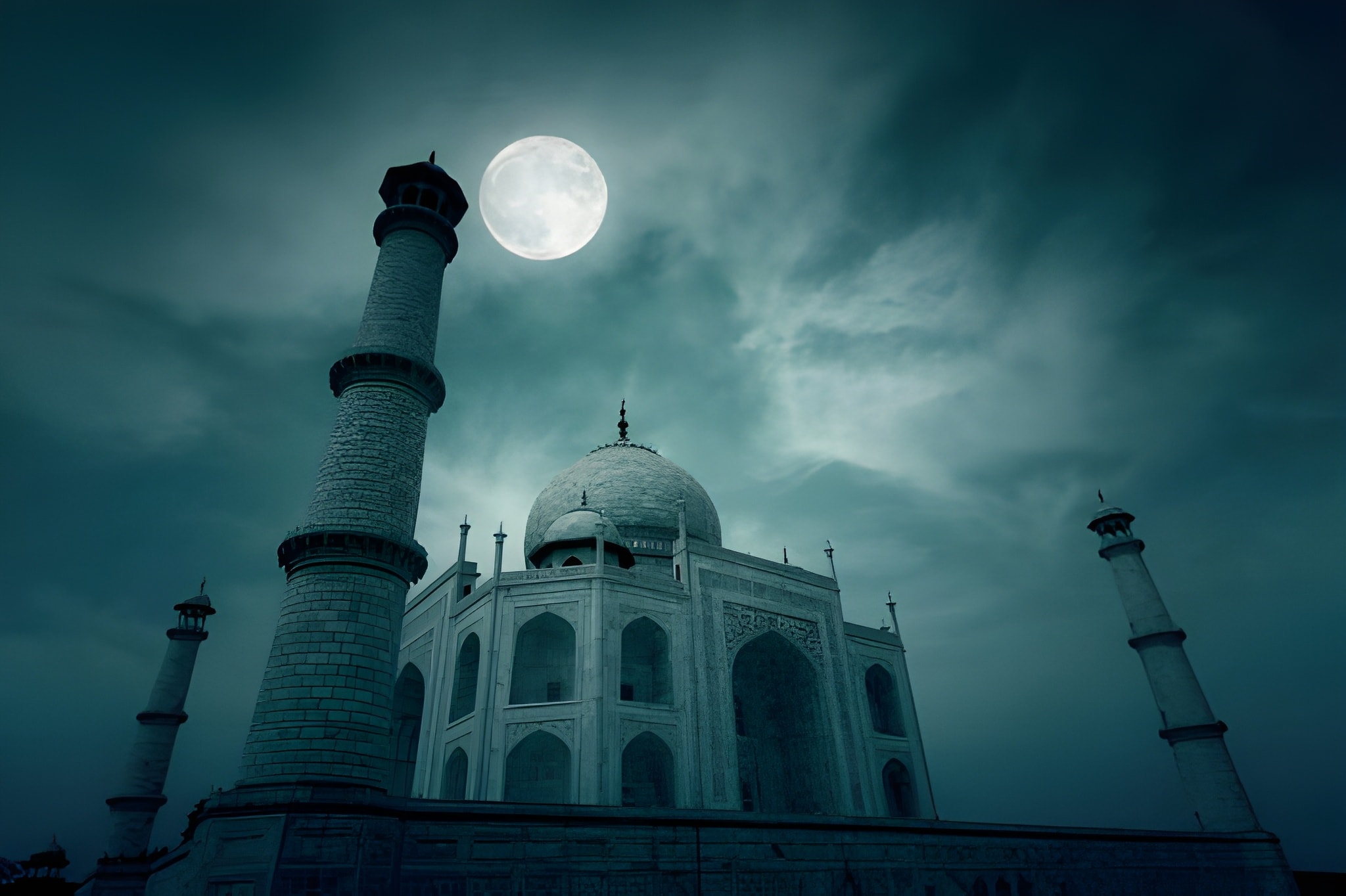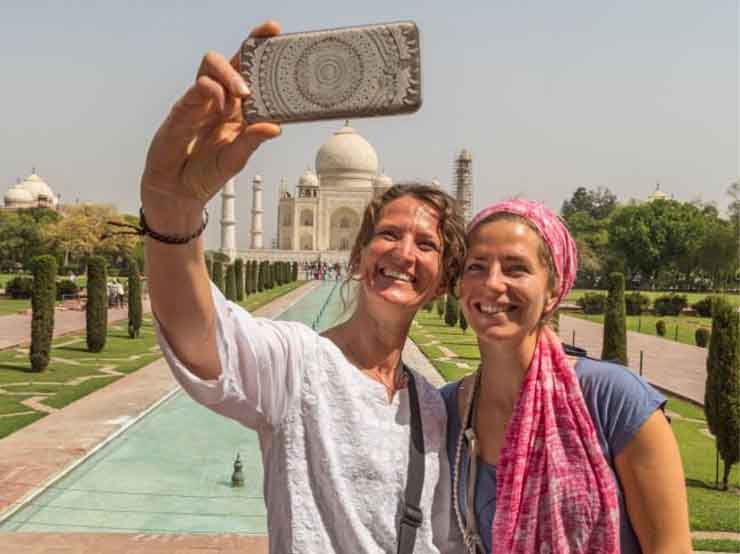The Taj Mahal, India’s crown jewel and one of the Seven Wonders of the World, stands not just as a symbol of love, but also as a triumph of preservation. Millions of visitors travel from across the globe to witness its marble beauty each year — and behind the scenes, modern technology plays a crucial role in keeping this timeless monument safe.
1. Digital Surveillance and Smart Security
Security around the Taj Mahal is tighter than ever, thanks to advanced surveillance systems. High-resolution CCTV cameras equipped with night vision monitor every corner of the complex 24/7. These cameras are connected to a central control room where security personnel track real-time footage to ensure visitor safety and protect the site from potential threats.
In addition, metal detectors and biometric scanners are installed at entry points to screen visitors efficiently. This technology ensures smooth, secure entry without long delays — allowing guests to focus on the experience rather than the checkpoints.
2. Air Quality Monitoring Systems
The Taj Mahal’s white marble is delicate and highly susceptible to pollution. To combat this, authorities have installed air quality monitoring systems around the monument. These sensors constantly measure levels of harmful gases and particulate matter, providing valuable data for maintaining clean air around the site.
When pollution levels rise, strict environmental controls are enforced, including limiting vehicle traffic near the complex and encouraging eco-friendly transport like electric buses. This blend of technology and policy helps protect the Taj Mahal’s pristine appearance for generations to come.
3. Laser Cleaning and Preservation Technology
One of the most fascinating applications of technology at the Taj Mahal is laser cleaning. Instead of using chemicals that could harm the marble, experts now use laser beams to gently remove dirt, grime, and biological growth from the surface. This process restores the monument’s brilliance without damaging its intricate carvings.
Special sensors and 3D scanners are also used to assess any structural stress or damage over time. By creating digital blueprints of the Taj Mahal, preservationists can detect even the smallest cracks or shifts, ensuring timely restoration before problems become serious.
4. Visitor Flow Management
Handling millions of visitors annually requires smart crowd management. Ticketing and visitor tracking technologies make this possible. Through online booking platforms like Ticketstajmahal.com, guests can purchase entry tickets in advance, helping authorities manage visitor numbers and reduce congestion at entry points.
Digital tickets also support contactless entry — a feature that became especially important in recent years. This not only enhances convenience but also minimizes paper waste, contributing to the monument’s sustainability efforts.
Preserving the Past with the Future
The Taj Mahal is not just a relic of the past — it’s a living monument protected by modern innovation. From laser technology to digital ticketing, every advancement ensures that this wonder remains as stunning tomorrow as it was centuries ago.
If you’re planning to visit the Taj Mahal, experience the seamless blend of history and modernity firsthand. Book your tickets easily and securely at Ticketstajmahal.com — your trusted gateway to exploring India’s most iconic monument.










Comment (0)